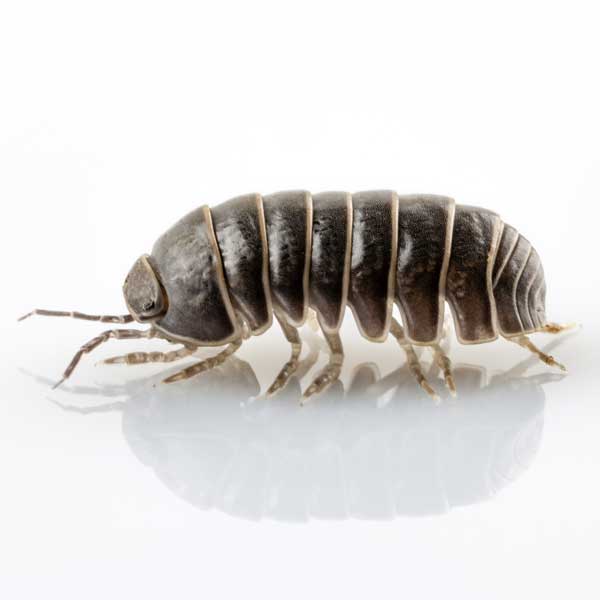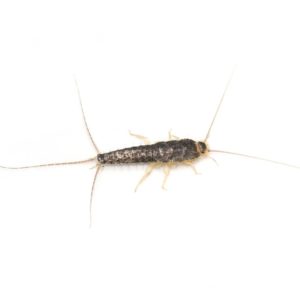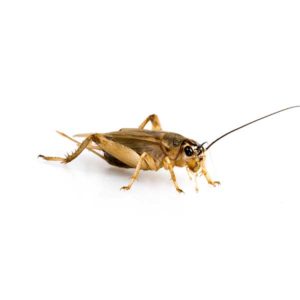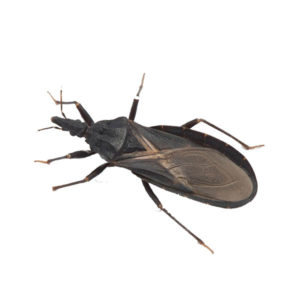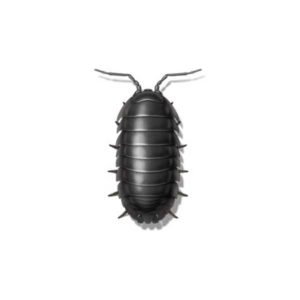Pillbugs in North Carolina
As one of the only crustaceans adapted to live on land, pillbugs are common throughout the United States. Pillbugs and sowbugs are similar-looking pests that are more closely related to shrimp and crayfish than to insects. Often known as roly-polies, pillbugs are able to roll up into a tight ball when disturbed or threatened. They are easily recognized by their back, which is made up of seven hard individual plates. Since pillbugs require moisture, they do not survive indoors for more than a few days unless there are very moist or damp conditions.
Because there are many different types of beetles in North Carolina, they can be difficult to distinguish, however our common beetle species can help with this.
Pillbug Habitat
Pillbugs thrive in moist environments and can be found outdoors under mulch, fallen leaves, and rocks. Pillbugs are nocturnal and require humid conditions during the day. These crustaceans are generally found in moist soil along with sowbugs, millipedes, and earthworms. Pillbugs may leave their natural habitats at night and crawl about over sidewalks, patios, and foundations. They can become a nuisance as they often invade crawl spaces, damp basements, and first floors of structures at ground level.
Pillbug Behaviors, Threats, or Dangers
Pillbugs do not bite or sting and are not known to pose any threats to humans. They do not contaminate food or spread diseases. Pillbugs are mainly a nuisance pest, especially when they venture indoors. They are capable of feeding on tender plant tissue and occasionally cause considerable damage to garden transplants and seedlings. Pillbugs typically enter buildings through door thresholds, especially homes with sliding glass doors on the ground level. Seeing a pillbug in the home usually means that there is a large population outdoors.
If you have a pillbug problem in your North Carolina property, contact your local exterminators.
Pillbug Bites
Pillbugs do not bite or sting – they lack the means to inject venom or cause any harm. They do not contaminate food or spread diseases. When threatened, they roll into a ball as a defensive mechanism, which provides protection from potential predators.
Are Pillbugs Dangerous?
Pillbugs are generally not considered dangerous to humans or animals. However, their attraction to moisture can sometimes lead them to invade homes or gardens in large numbers.
How to Get Rid of Pillbugs?
If you find an abundance of Pillbugs in your garden or home, there are several methods to manage their population:
- Remove Hiding Places: Clear away debris, logs, rocks, and any other objects in your garden or yard where Pillbugs tend to hide. By doing so, you eliminate their preferred habitats and encourage them to seek shelter elsewhere.
- Improve Drainage: Ensure that your garden or the area around your home has proper drainage to minimize moisture, which attracts Pillbugs. Fix any leaks or damp areas that may be inviting to them.
- Natural Predators: Encourage natural predators like birds, toads, and ground beetles in your garden, as they may help keep the Pillbug population in check. These creatures view Pillbugs as a food source and can help control their numbers.
- Professional Pest Control: In severe infestations, contact your local Bug Out pest control experts to get rid of Pillbugs.
Pillbug Prevention Tips
Taking proactive measures to prevent Pillbug infestations can help maintain protection from these pests:
- Reduce Moisture: Since Pillbugs are attracted to damp environments, eliminating excess moisture in and around your home can deter them. Fix any leaks, improve ventilation, and ensure proper drainage.
- Clean Up Garden Debris: Regularly clean up decaying plant material, leaf litter, and organic debris in your garden to minimize potential Pillbug habitats. Removing their food sources can discourage their presence.
- Seal Entry Points: Seal cracks, gaps, and openings in your home’s foundation, walls, and doors to prevent Pillbugs from entering. This can be particularly important in older homes with more entry points.
Need help with Pillbugs control?
Frequently Asked Questions
What are Pillbugs Attracted to?
Pillbugs are attracted to moisture and decaying organic matter. They seek out dark, damp places for shelter and food.
Are Pillbugs the Same as Rolly Pollies?
Yes, “pillbug” is a common name for these creatures, and they are also colloquially referred to as “rolly-pollies” due to their ability to roll into a ball when disturbed. These names are often used interchangeably.

